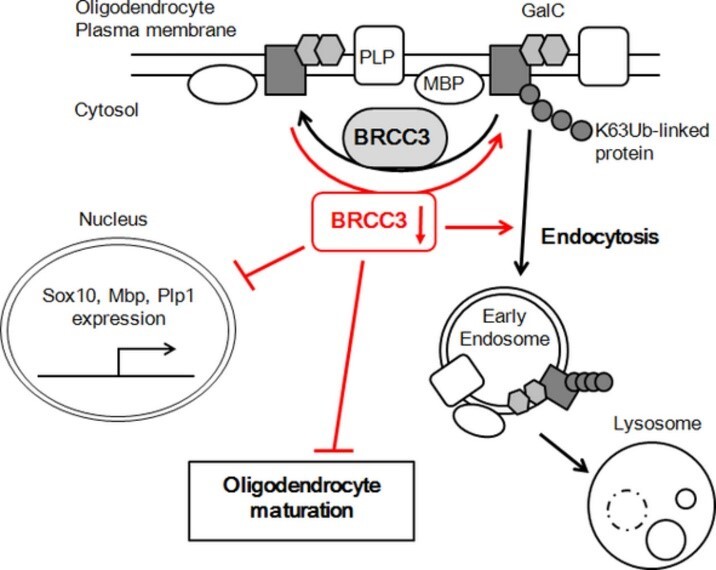Dr. Chih-Yen Wang

Dr. Chih-Yen Wang
Position:Assistant Professor
Science Group:Biomedical technology group
Research Interests:Glial development, Neurodegeneration, Glioma
E-mail:z11202026@ncku.edu.tw
Room:89907
Room Tel:+886-6-2757575#58232
Laboratory Tel:

| School | Department | Country | Degree | Period |
| National Cheng Kung University | Department of Life Sciences | Taiwan | Ph.D. | 2009.09~2014.10 |
| National Cheng Kung University | Department of Life Sciences | Taiwan | Master | 2007.09~2009.06 |
| National Taiwan University | Department of Life Science | Taiwan | Bachelor | 2003.09~2007.09 |
學校 系所 國家 學位 起

| Institute | Position | Period |
| National Cheng Kung University | Assistant Professor | 2023.02~present |
| Baylor College of Medicine | Postdoctoral associate | 2019.08~2023.01 |
| National Cheng Kung University | Postdoctoral Research | 2015.05~2019.05 |

White matter in the central nervous system (CNS) is consist of axons and myelin sheaths, and governs the connection between different brain and spinal cord regions. Oligodendrocytes, myelin-producing cells in the CNS, are essential for white matter function, but are sensitive and vulnerable against the disease environment. Oligodendrocyte death and myelin loss are always an early hallmark of neurodegenerative disease and CNS injury. Therefore, to replenish oligodendrocytes and myelin sheaths is a pivotal issue for white matter tissue repair. However, adverse environmental factors and dynamic signaling pathways during oligodendrocyte lineage progression make the repair process extremely difficult. In our lab, we focus at oligodendrocyte-associated molecular mechanism, and try to resolve the dilemma of oligodendrocyte regeneration in multiple CNS diseases.
 |
Daam2 and Wnt are dual regulators for CNS myelination. Wnt signaling which is enriched in the lesion of multiple sclerosis has been considered as a negative regulator of oligodendrocyte differentiation. However, researches using various genetic models have reported contradictory outcomes. Daam2, an actin-modulating formin protein, is discovered as an oligodendrocyte-specific Wnt signaling amplifier, which promotes early differentiation but decelerates maturation and myelination. Daam2 interacts with actin regulators, such as Rac1 and Gelsolin, and controls cytoskeleton organization in early and late stages of oligodendrocyte development. On the other hand, Daam2 also associates with multiple ubiquitin E3 ligases, like Vhl and Nedd4, and governs oligodendrocyte differentiation after white matter injury. (Description and image are adapted from Cristobal et al, 2022 and Ding et al., 2020) |
 |
Brcc3 is required for proper ubiquitin-mediated signaling in the oligodendrocyte. Brcc3 is a K63-specific ubiquitinase that is involved in homologous recombination DNA repair. We also discovered that Brcc3 is essential for resistance of anti-tumoral drug against glioma cells. On the other hand, Brcc3 controls K63-specific ubiquitination of myelin-related membrane proteins in the oligodendrocyte and regulates myelin protein stability via endosomal-lysosomal degradation pathway. Subsequently, Brcc3 is an important modulator of ubiquitin machinery for oligodendrocyte maturation. (Description and image are adapted from Wang et al, 2019 and Chai et al., 2014) |


.svg.png)
